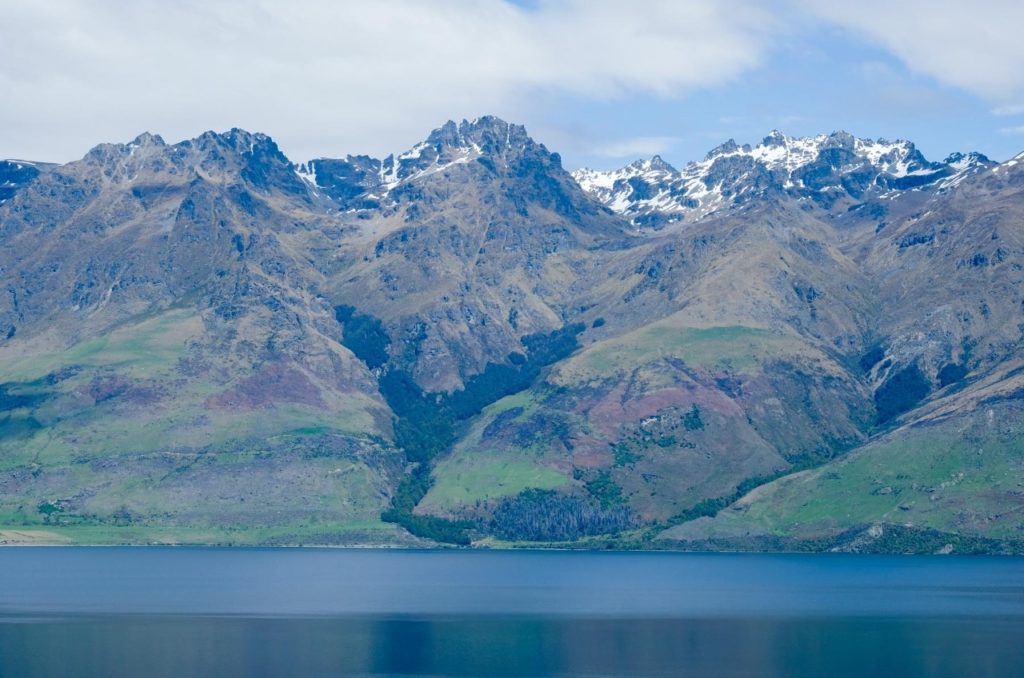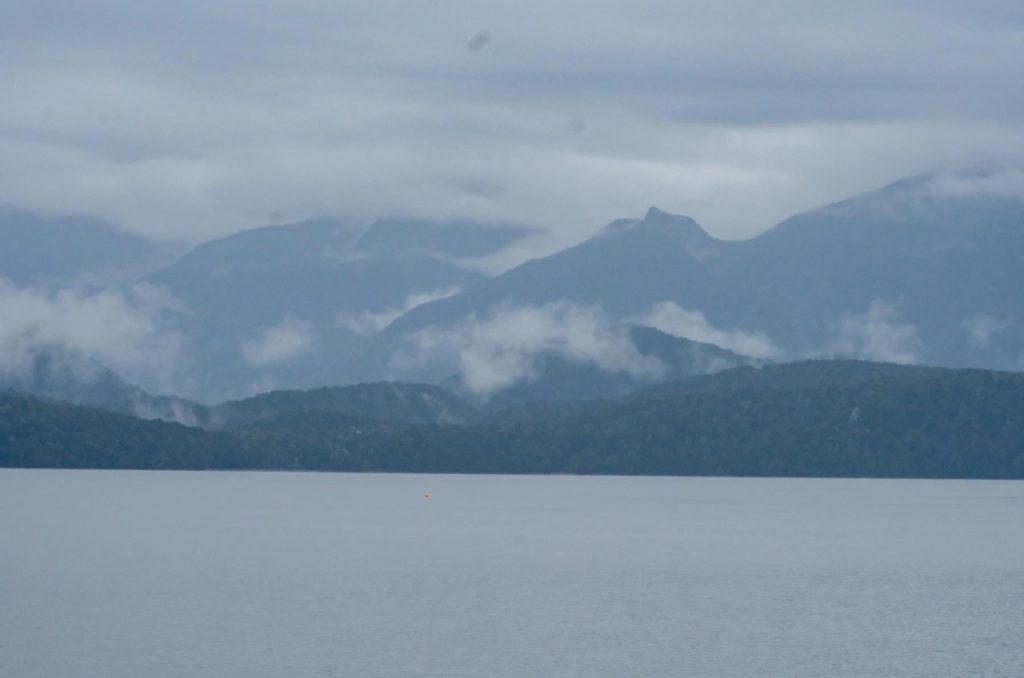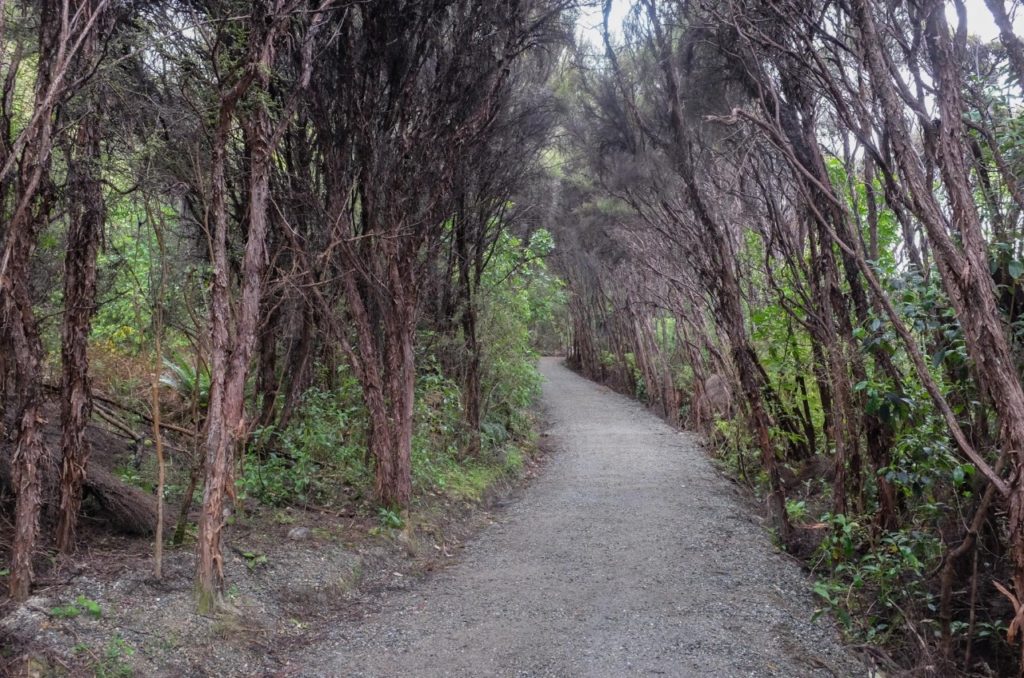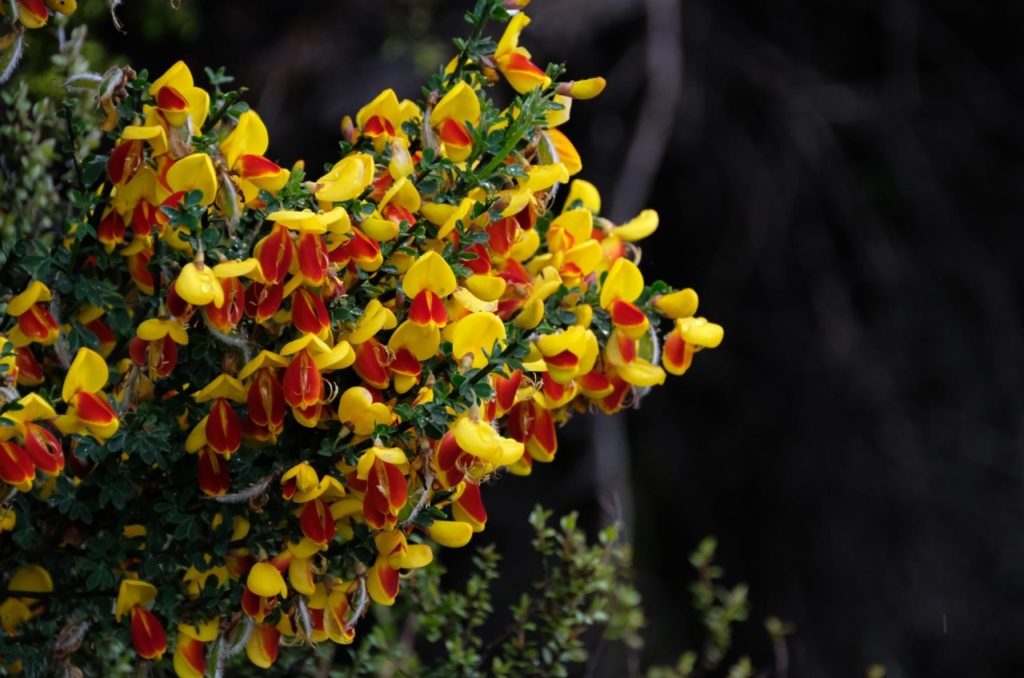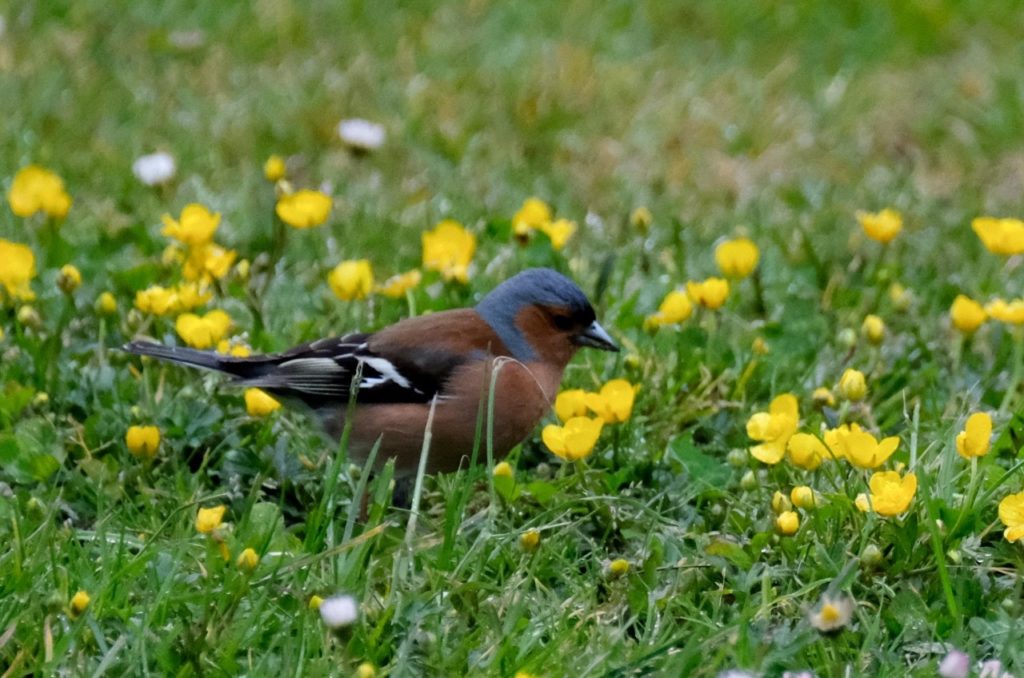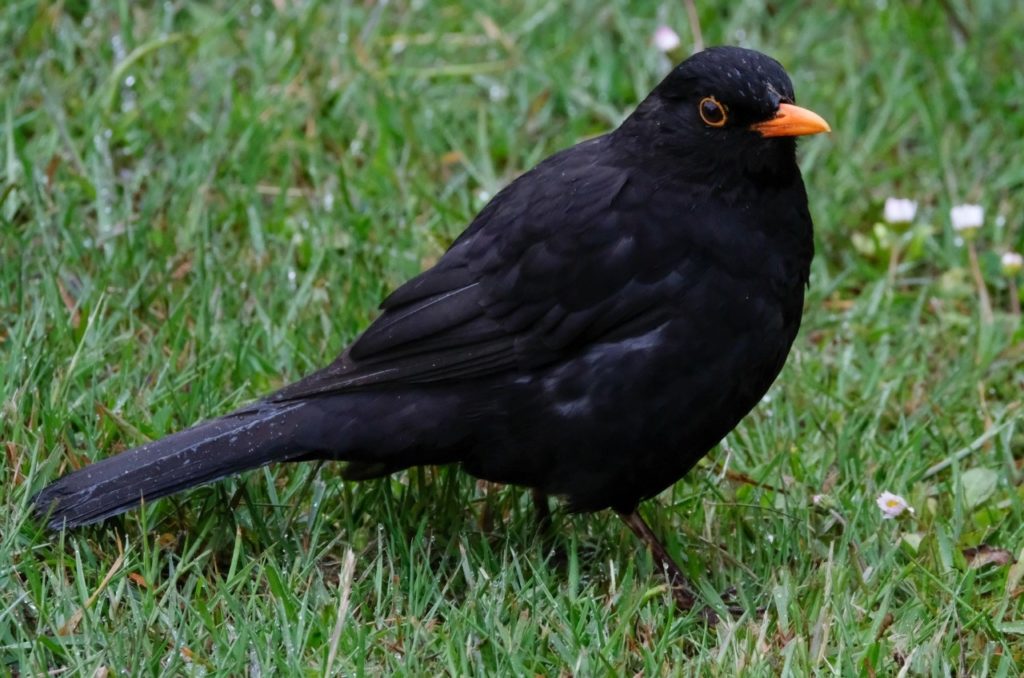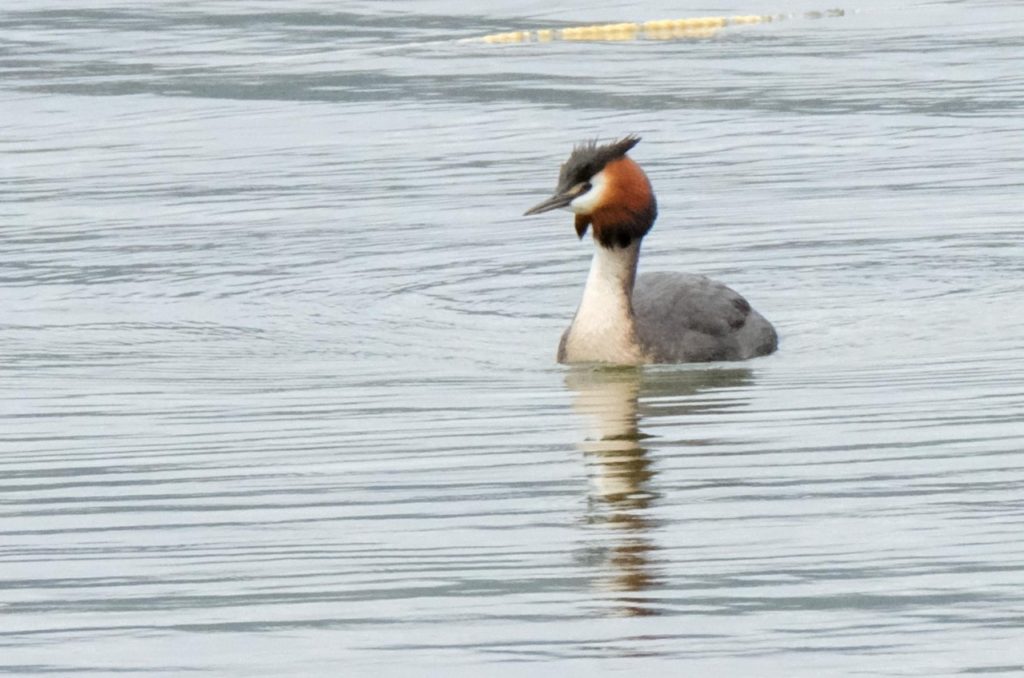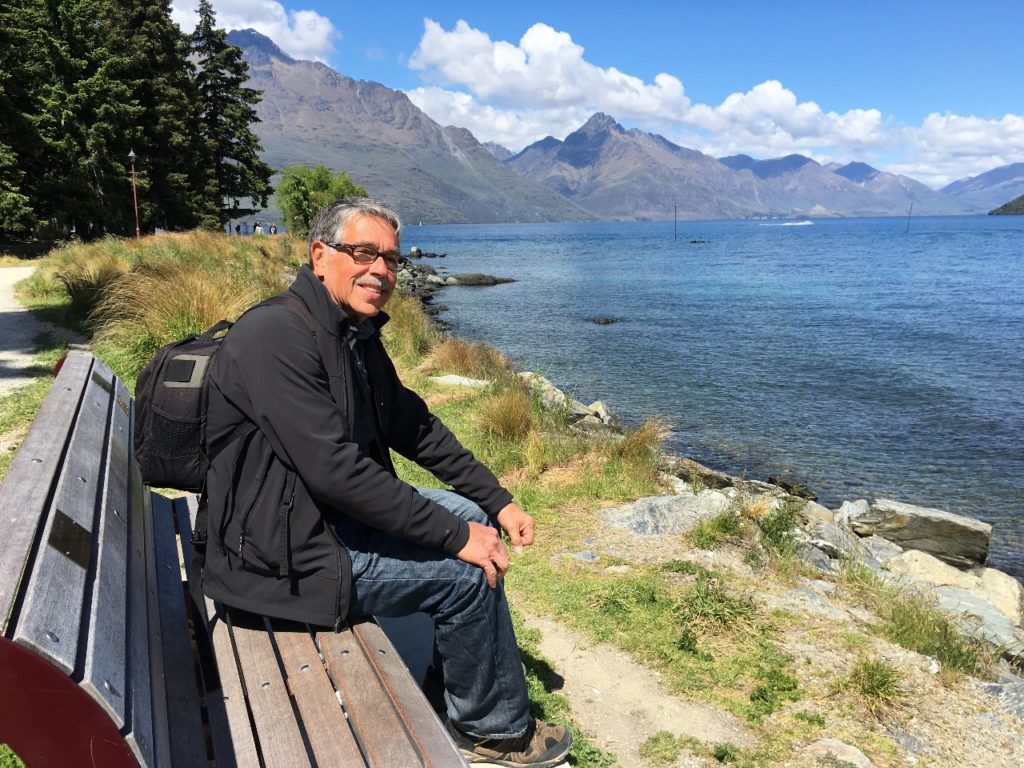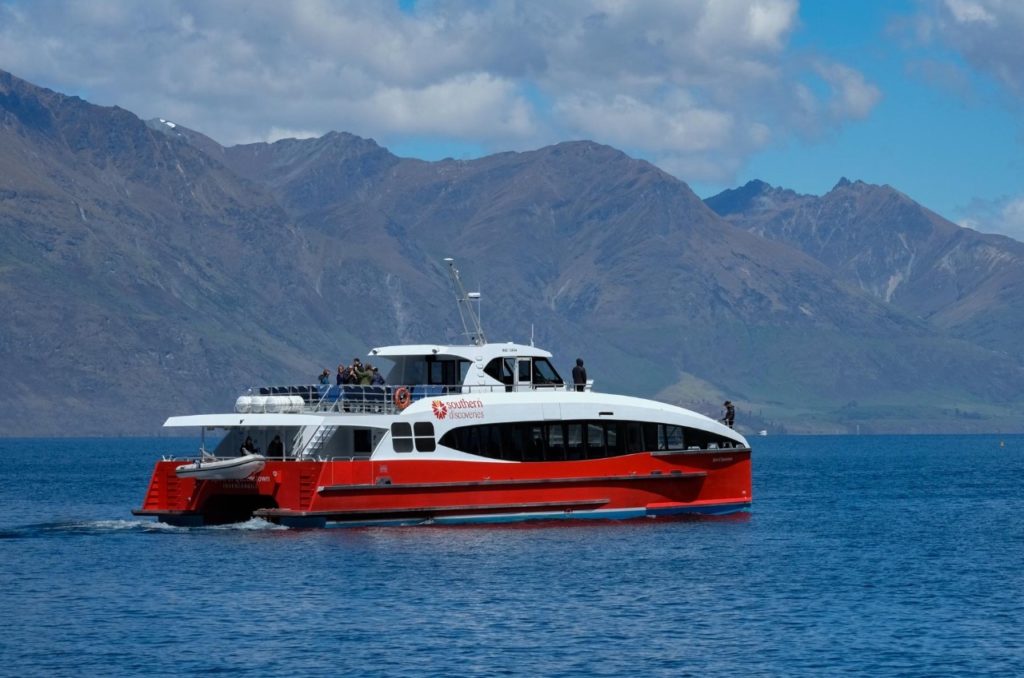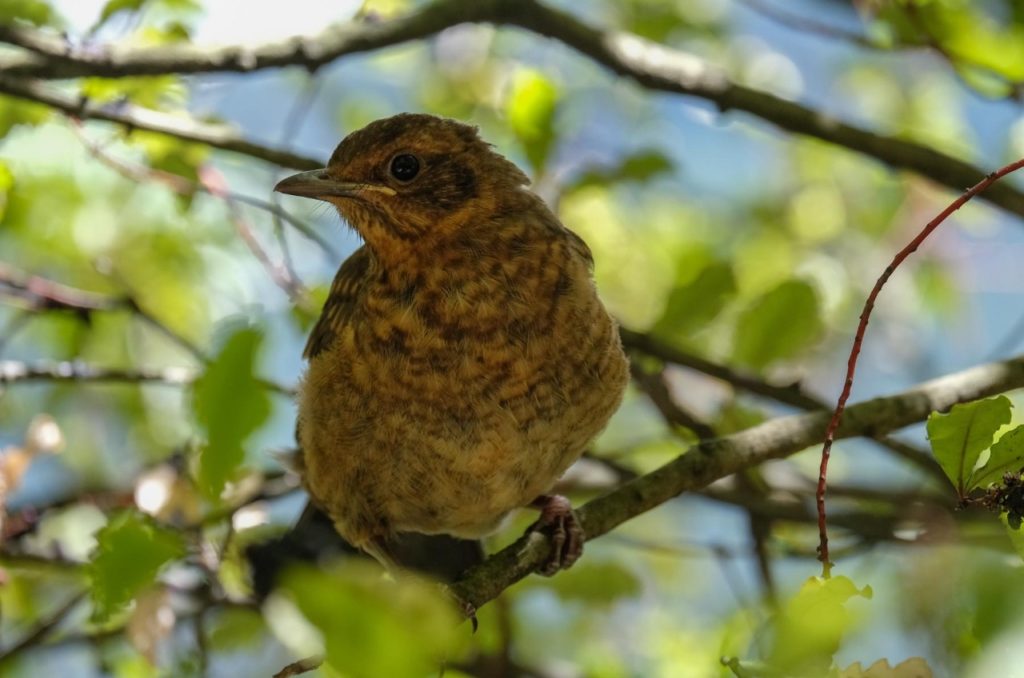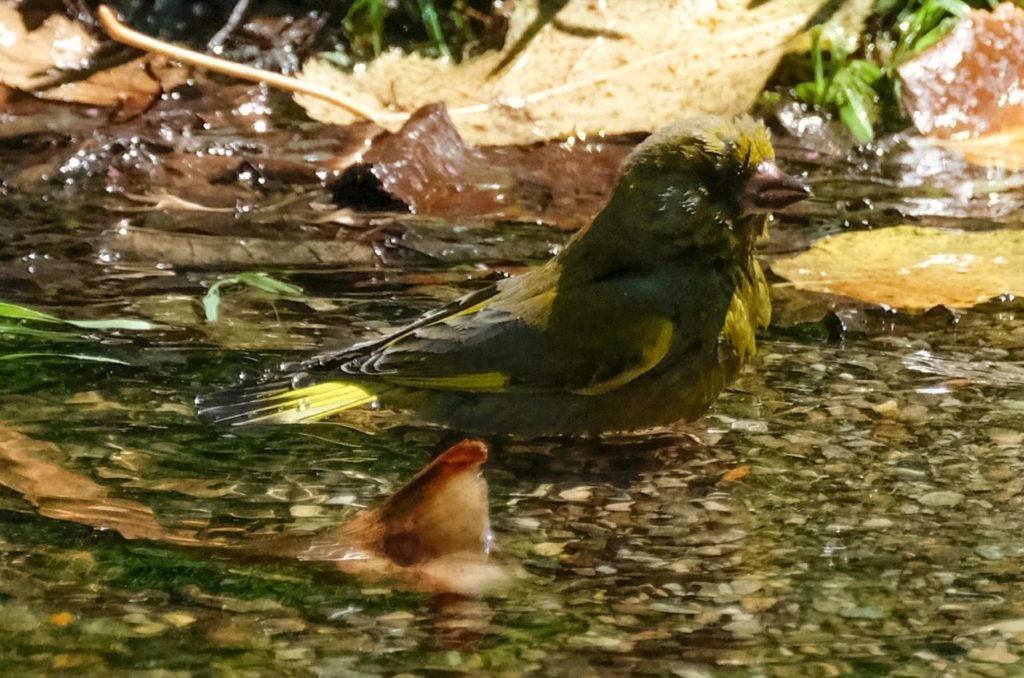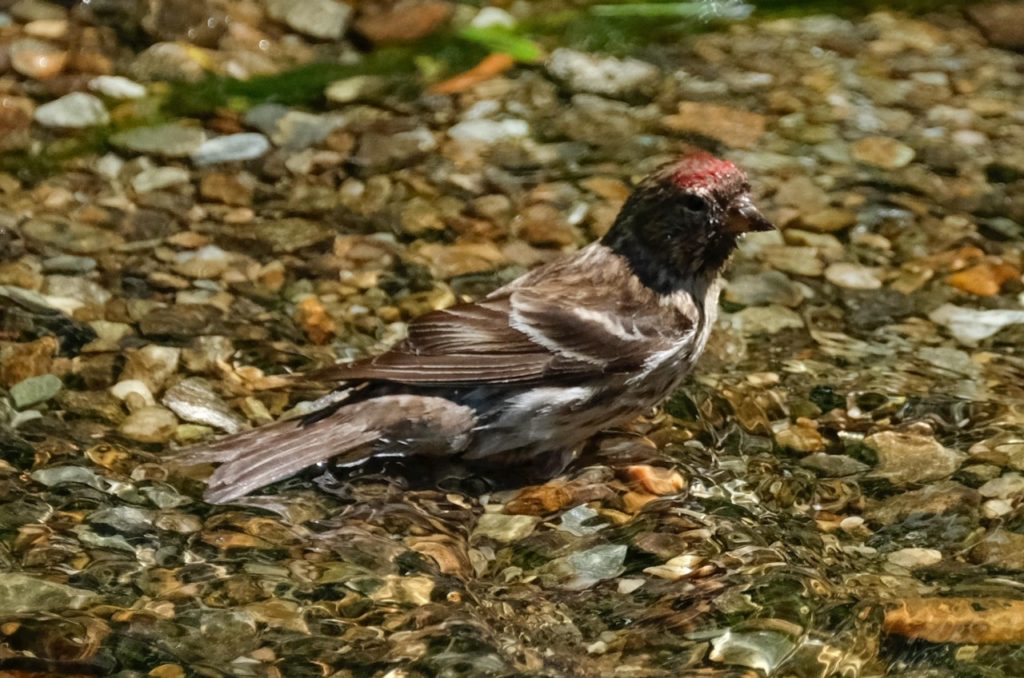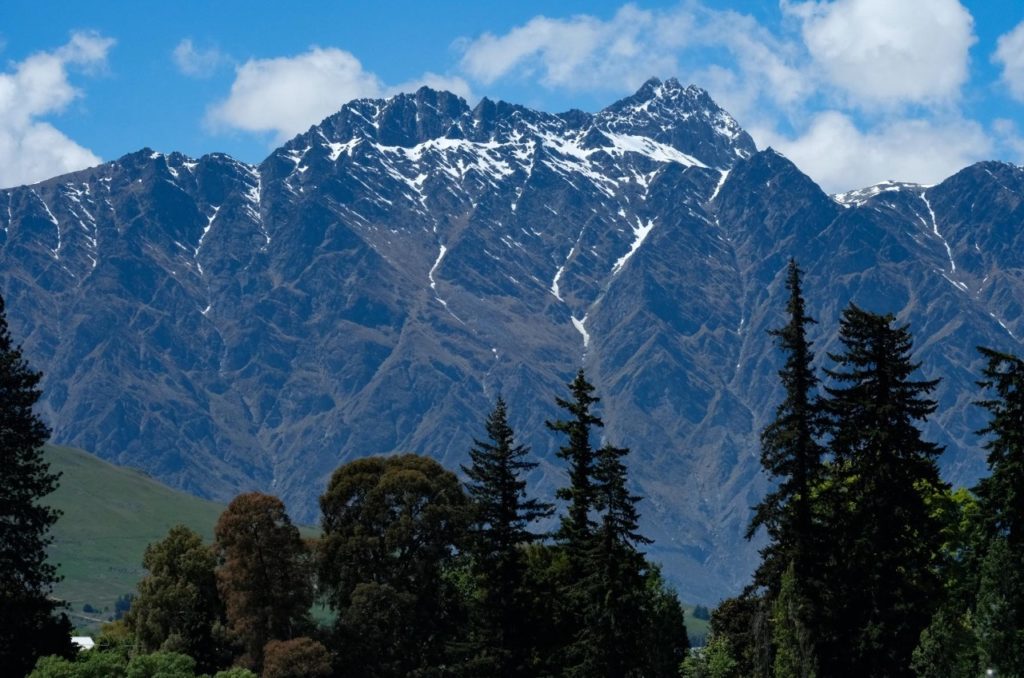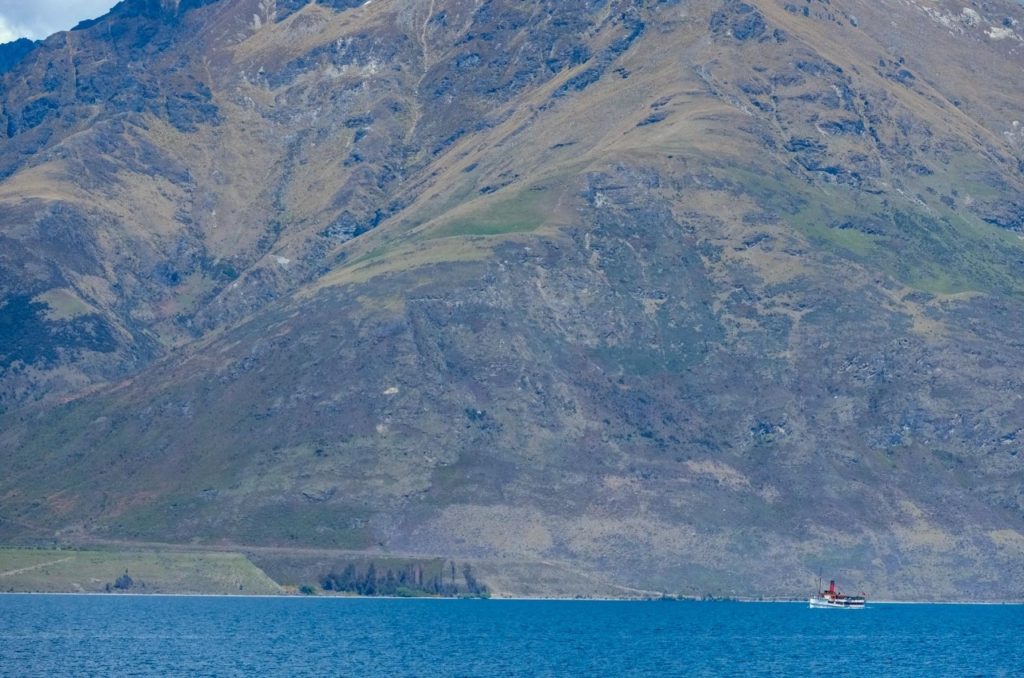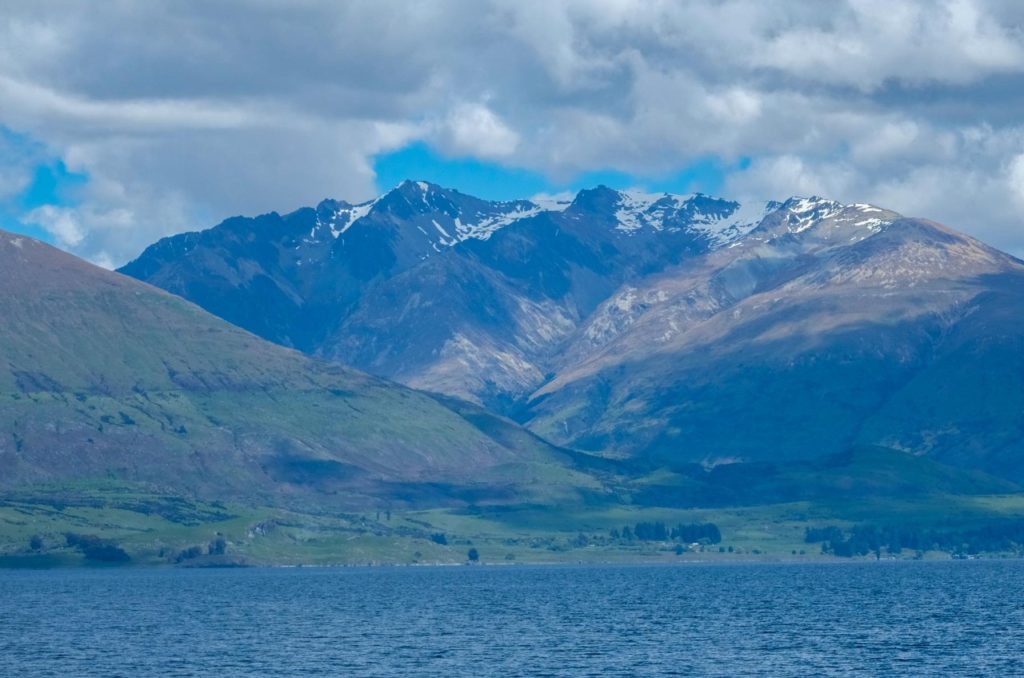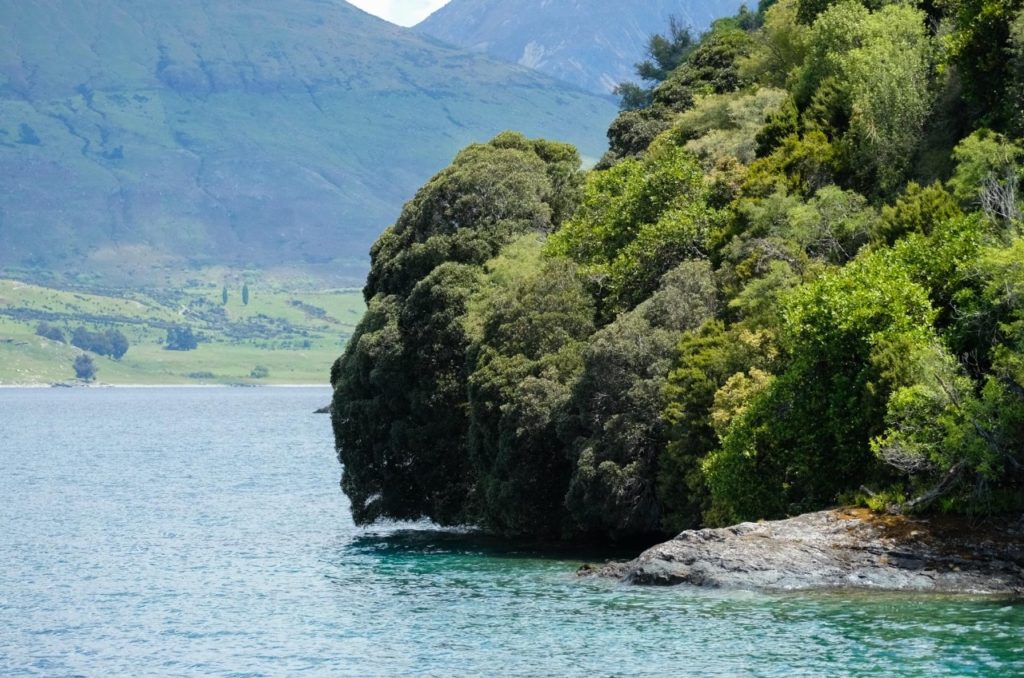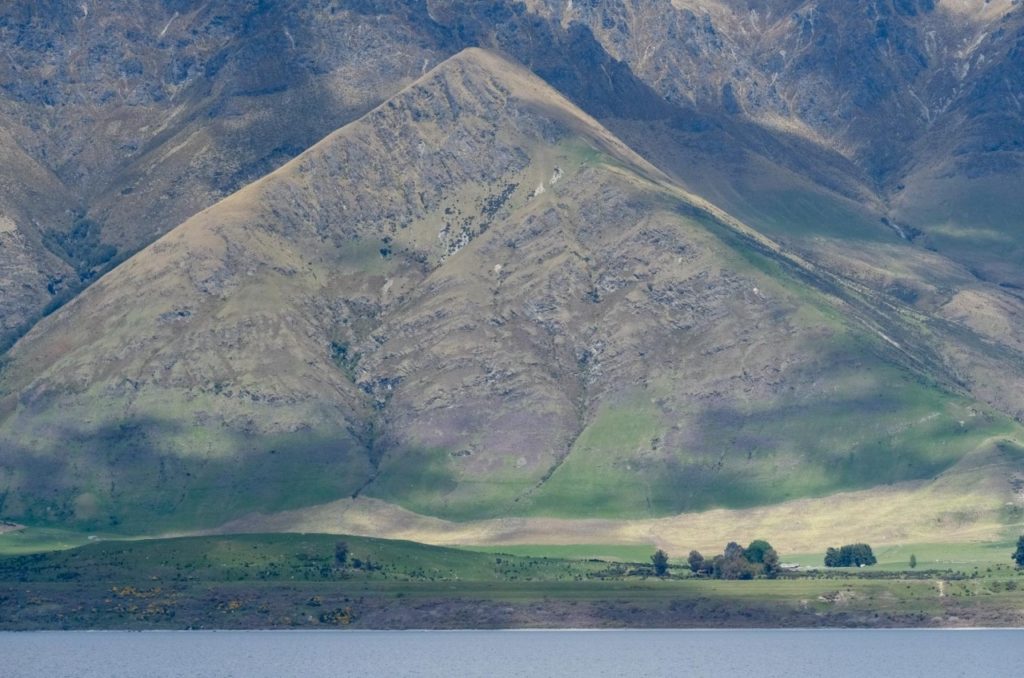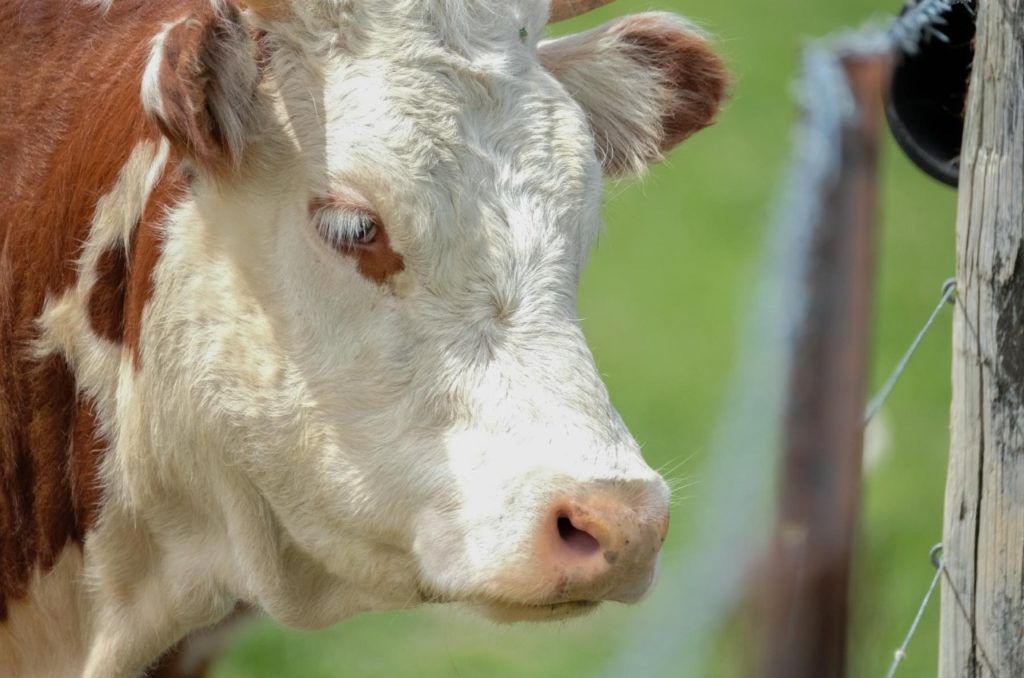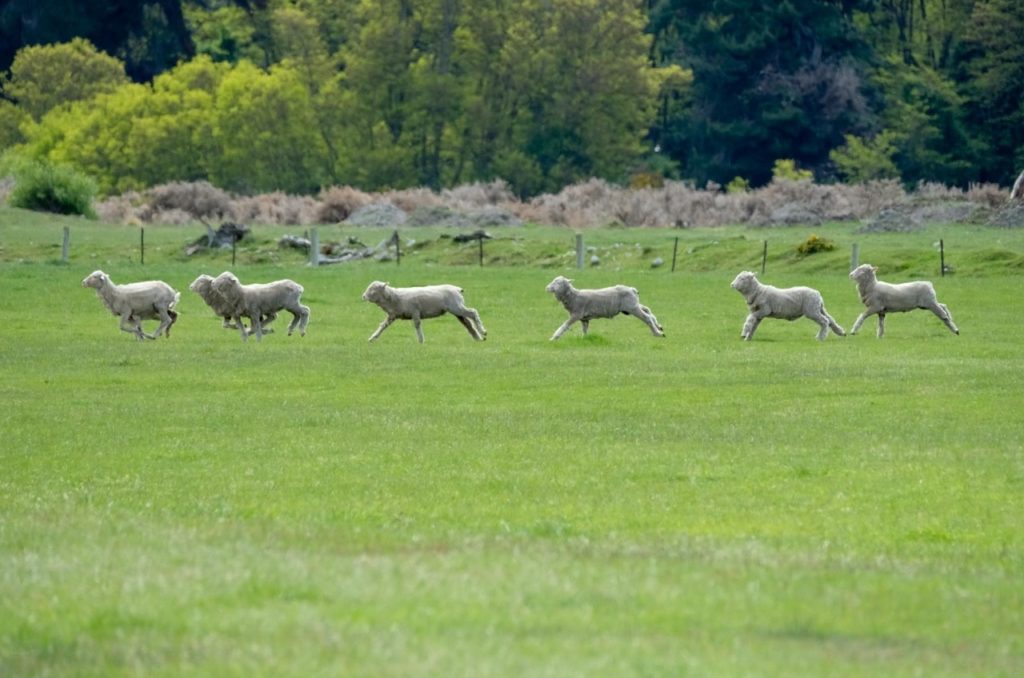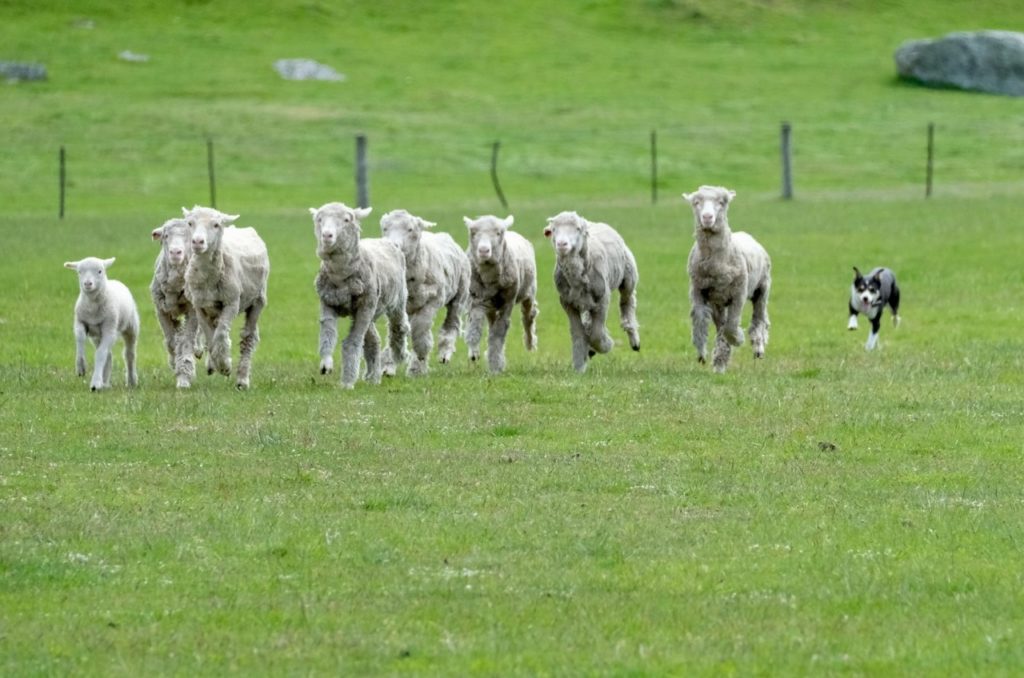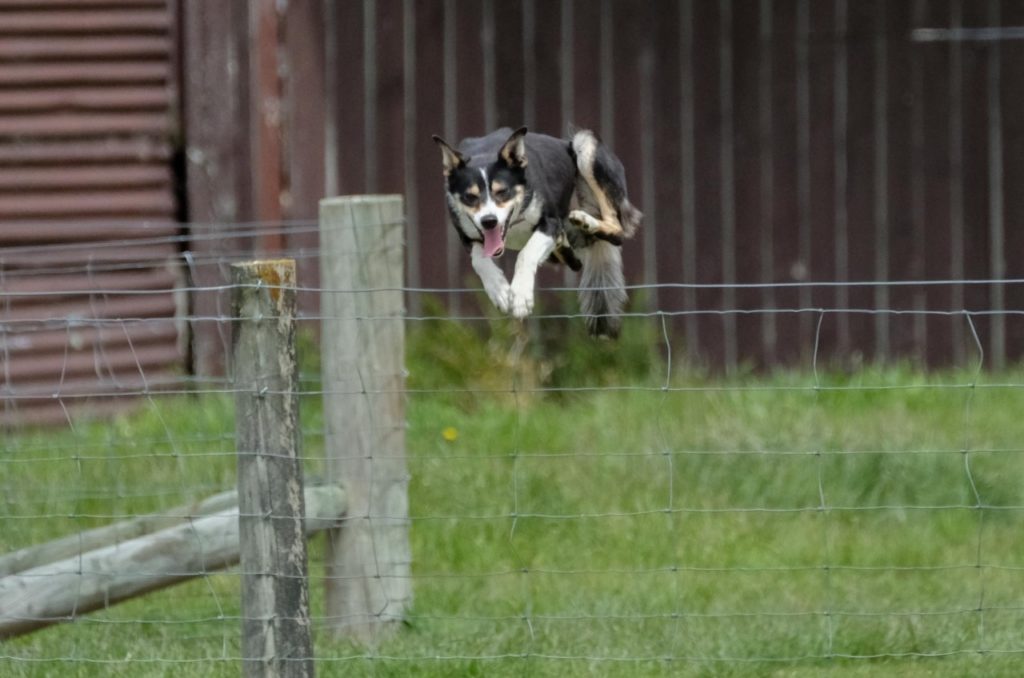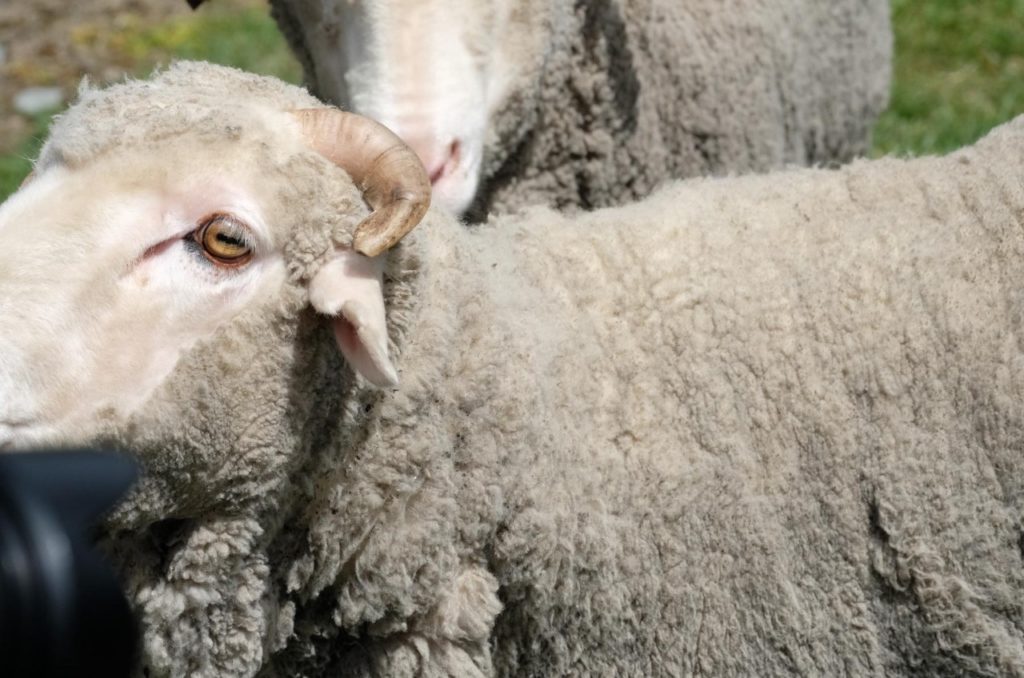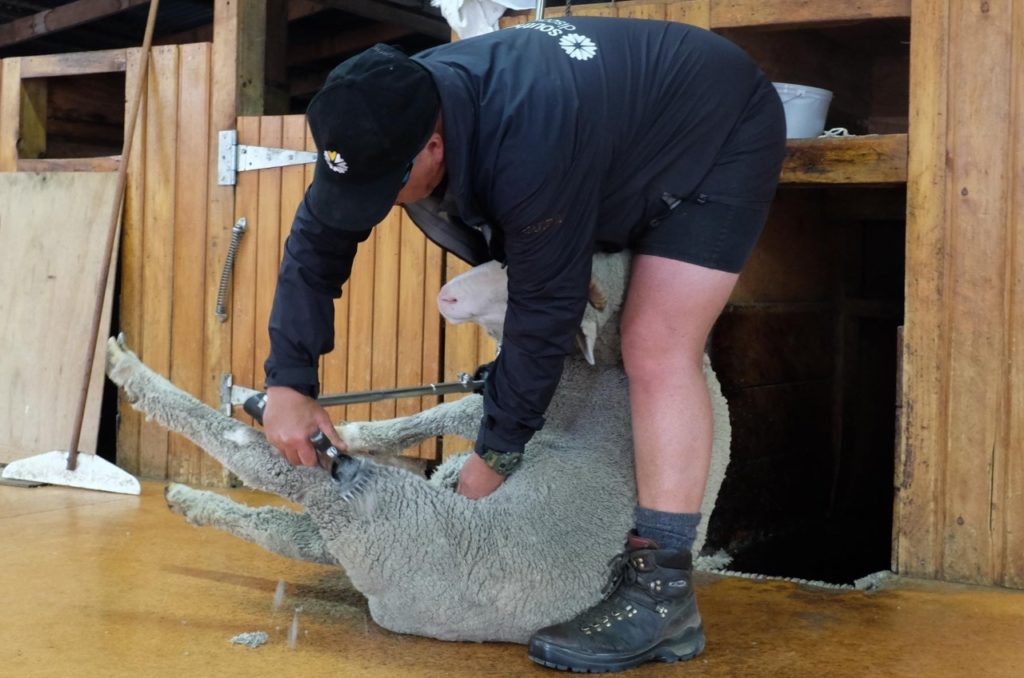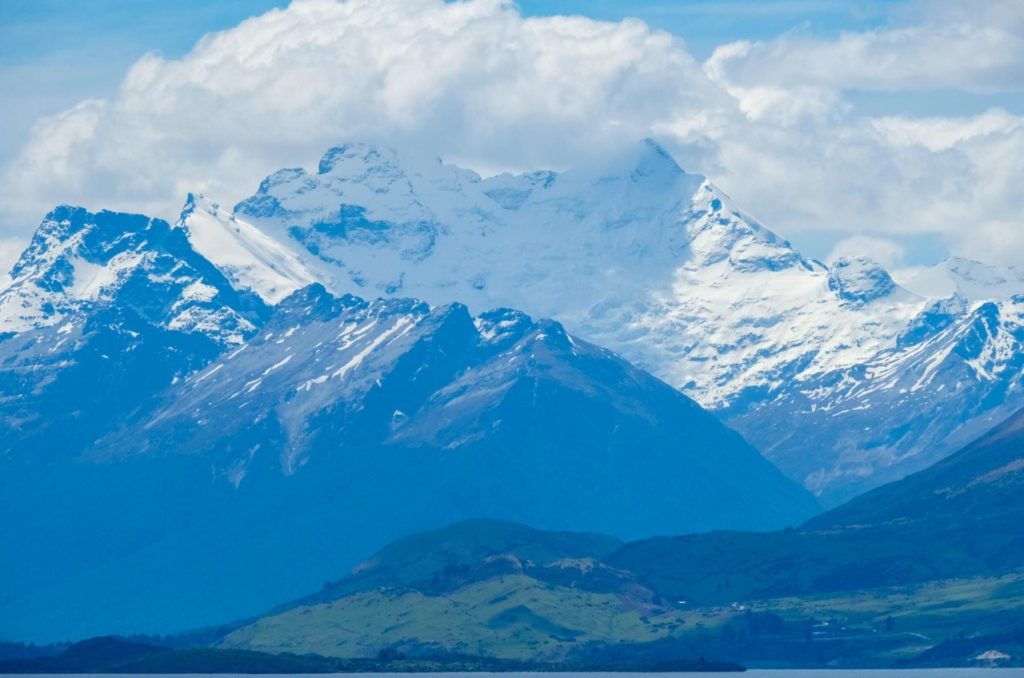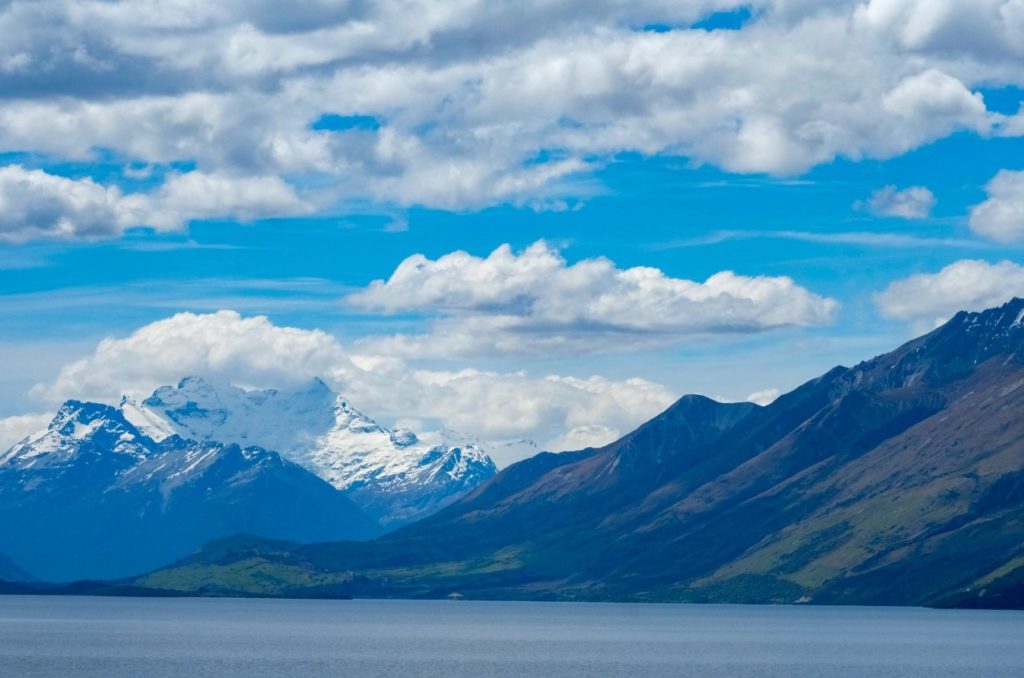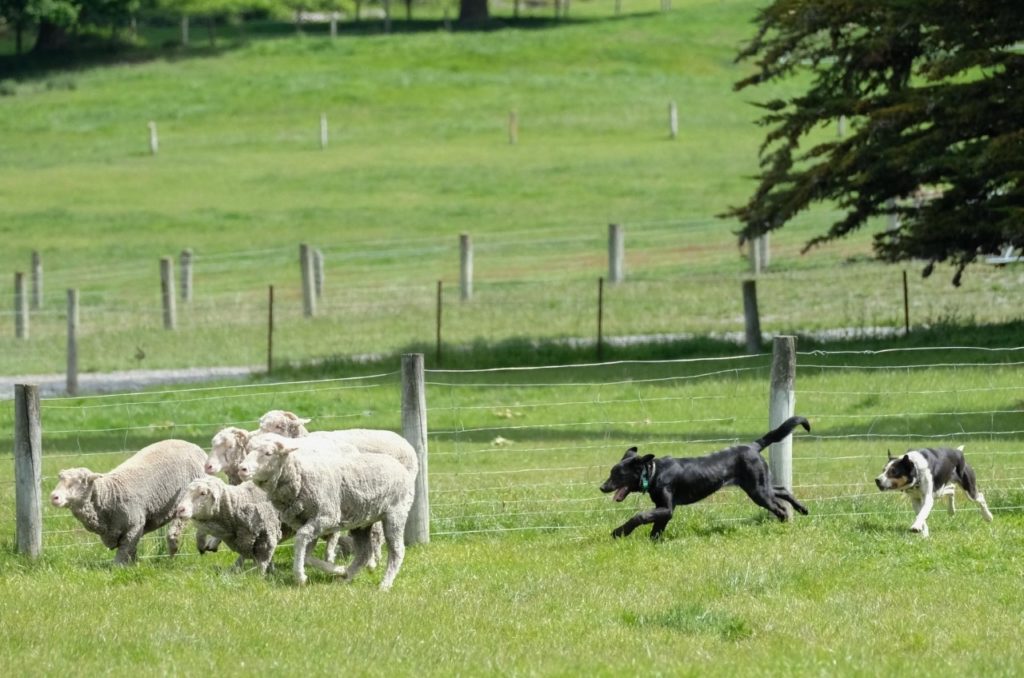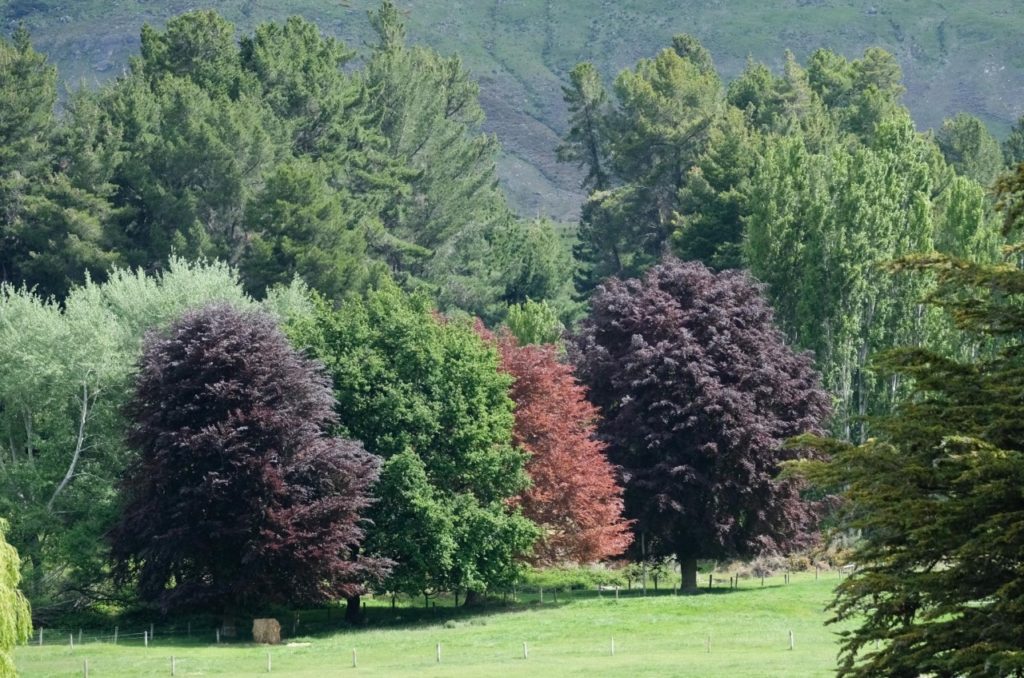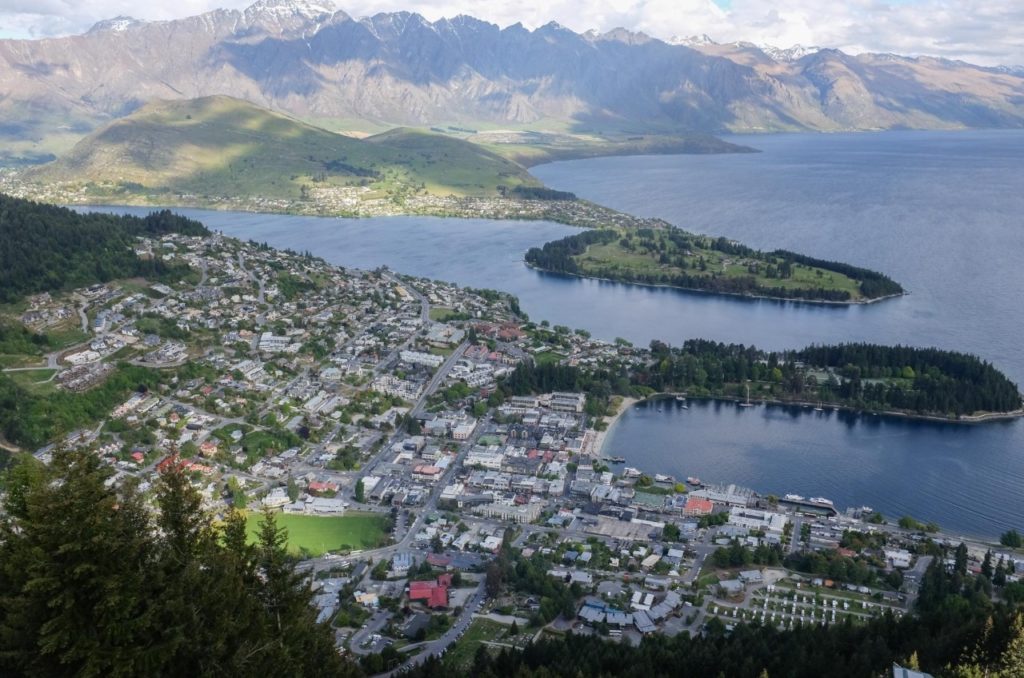Te Anau, New Zealand
Judy figured it out first. At about 3 AM this morning my iPhone started to flash and beep with CNN bulletins and then came a text message from Jeff: “Hey are you guys all good after the earthquake?” We assured him that we hadn’t felt a thing and knew nothing about the quake.
Turned on the TV: nothing, just the usual 3 AM programming. Found a few sketchy reports on CNN and other sources, reporting a 7.8 event north and east of Christchurch. It made our hearts sink: we had just been in Christchurch; we knew people there, slightly: our B&B hostess, the young Massachusetts native who was our Red Bus tour guide.
Then, in the morning, we learned that virtually every place we’d been from Wellington to Christchurch, but particularly the seaside town of Kaikoura were affected. On the 6 PM news, which we have on as I type, the situation in Kaikoura is especially bad. HW 1, New Zealand’s main north-south highway (think Interstate 95 up and down the east coast of the USA) is closed due to mud slides and pavement breaks. And in many towns such as Kaikoura HW 1 is the only road in and out. No one knows how long it will be before people, including tourists like us, can reach the outside world. The ferry from Wellington to Picton that we took from North Island to South did not run today. And the earthquake region is forecast to receive a severe storm with high winds beginning this evening.
All of which gave us an excuse to sleep in a bit this morning since our night had been interrupted. Judy was ready for a breakfast of eggs. Enough with danish and juice from the supermarket. She wanted to sample the free-range eggs that we’d been told were extra special. The hotel restaurant had finished serving breakfast by the time we got our act underway but the staff directed us to the Boatshed Cafe and Bistro where we fulfilled Judy’s every wish. A great way to start the day and yes, the eggs are bright yellow and very tasty.
Today’s mission: find our way to Te Anau, the jumping off point for the Fjord Land National Park and Doubtful Sound and Milford Sound, places we plan on visiting over the next three days. Incidentally, Doubtful and Milford are really fjords, not sounds. These terms are often confused in common usage. Generally, I understand, a fjord comes from glacial action; a sound is larger than a fjord and generally involves an ocean inlet that is formed through the action of a river. But read up on it for yourself before you take the SATs.
The trip today was pleasant. The first part of the route followed the east shore of the southern arm of Lake Wakatipu to Kingston and then further south through farming country to Te Anau. The most interesting part of this leg was a visit we had with a couple about our age from England. They were traveling by RV and following the same general route we are: Auckland to Dunedin and ending in Christchurch. They’re doing it in six weeks versus our four. We commiserated about our similar predicaments: Brexit and Trump’sIt. “It’s going to be an interesting couple of years for both our countries, isn’t it?” he said.
Here in Te Anau we checked in to the National Park Information Center and found a pie store where we had meat pies (lamb for Judy, steak for me) for lunch and then went to find our hotel. It’s another nice one with a view of the lake. The only fly in today’s ointment is that it’s turned cold (12 c) with light rain. That resulted in the first parting in the way for us in this entire trip: an afternoon nap for Judy and a walk in the rain for me. Sensible versus crazy, some would say.
On my hike in the rain I took my telephoto lens and found some nice birds to shoot. The real neat find, however, was a pair of pretty looking ducks, she (I presume) sitting on a nest while he (I presume) swam around the nest site, dove under the water and brought a mouthful of weeds back, which he placed on the already substantial nest.
The difference in the forest here is marked: no more jungle-like feel that we’ve seen further north. The path I followed today here in Fjord Land is much more like what I’d expect in northern woods back home: more evergreens, no palm trees and only smaller ferns. We’re getting closer and closer to the South Pole!
So tomorrow we’re off for Doubtful Sound and our overnight cruise. You’ll be happy to learn, as was I when I inquired, that sea conditions on the Sound will be calm and serene. The only wave action expected will occur when we venture out into the Tasman Sea for fifteen minutes or so. I should be able to hold my cookies that long and come away with bragging rights: “I sailed the Tasman Sea.”
Internet access on Doubtful sound is, well, doubtful so my next posting may be a day late or so.

